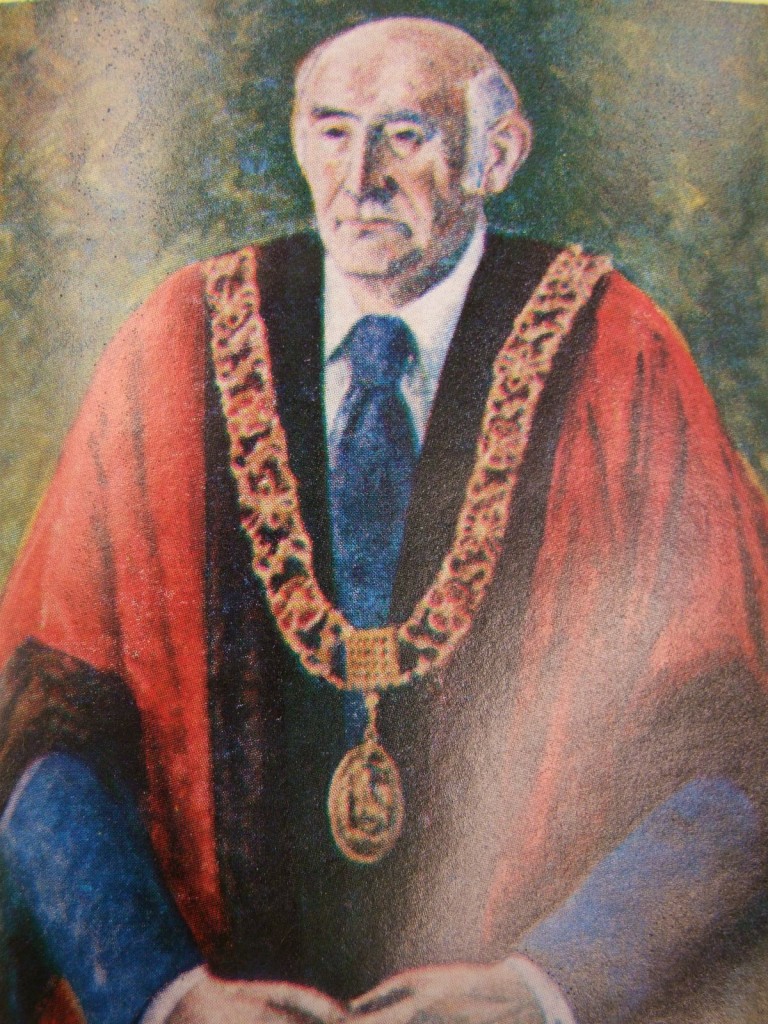
Kieran’s Our City, Our Town, Cork Independent,
5 August 2010
In the Footsteps of St. Finbarre (Part 223)
Tangents and Cultural Encounters
According to the insitu history panel, in 1887, the first Jewish burial took place in Currykippane and as the community grew in numbers over 300 graves were filled. The southern portion, called The Old Cemetery, was over time filled to capacity, limited by the Jewish religious law of having one grave for one person. The Old Jewish Cemetery is also the last resting place for some passengers from the ill-fated RMS Lusitania disaster. On 7 May, 1915 the liner was en route from New York to Liverpool when it was struck by a torpedo, 8 miles off the Old Head of Kinsale, Cork.
On 17 March 1949 a further large area was consecrated at Currykippane with the anticipation that the strong growth of numbers to the Jewish Community in Cork would continue. However, by the 1990’s it was realised that a vast proportion of the area would not be required, due to a fall in Jewish population through emigration. The Trustees of the Cork Hebrew Congregation offered the surplus ground to Cork County Council for development of St. Mary’s Cemetery. In exchange the remaining section of the Jewish Cemetery was redeveloped and opened by the Chief Rabbi of Ireland, Dr. Yaacov Pearlman in 2007.
One of the country’s intellectual and cultural figures of the twentieth century, Gerald Goldberg’s is buried in the new Jewish plot at Currykippane. His obituary in the Irish Times and Irish Examiner respectively from early January 2004 reveal a man who distinguished himself in the law, as a scholar of history and literature, as a patron of the arts, as a public representative and Lord Mayor of Cork city. Gerald Yael Goldberg was born in Cork on 12 April 1912 (two days before the sinking of the Titanic). His father, Louis, was a Lithuanian Jew from Akmene (www.akmene.lt) in the north of the country who escaped from a podgrom in Russia in 1882 and landed in Ireland. He was at first sheltered by relatives who had settled in Limerick. In 1881 there were thirty-five families in Limerick which rose to 130 in 1896.
Louis Goldberg married Rachel Sandlers who belonged to a Jewish family from Akmene in Cork, settled there since 1875. Louis earned his living as a peddlar as did many of the Jews in Ireland at that time. Louis was forced out of Limerick following the anti-Semitic rioting there in 1904 during which he was assaulted. The boycott in Limerick in the first decade of the twentieth century is known as the Limerick Pogrom, and caused many Jews to leave the city. It was instigated by an influential intolerant Catholic priest. A teenager, John Raleigh, was arrested by the British and briefly imprisoned for attacking the Jews’ rebbe, but returned home to a welcoming throng. Limerick’s Jews fled. Many went to Cork, where trans-Atlantic passenger ships docked at Cobh brought them to America.
Re-settling at Anglesea Street Cork, Louis and Rachel had a family of 13. Gerald was the third youngest and was educated in Christ Church Protestant national school and then at the Model School, Anglesea Street. As a boy, he remembered the burning of Cork by the Black and Tans especially as his family had to be evacuated from their home. When Thomas McCurtain, Lord Mayor of Cork, was shot in 1920, his body lay in state afterwards. Amongst the thousands of mourners who filed past his coffin as a small boy of eight was that of Gerald Goldberg. The family eventually moved to no. 10 Parnell Place.
Gerald was sent for a time to a Jewish boarding school in Sussex, England before returning to Cork where he attended the Presentation Brothers College. It was thanks to the principal of the Presentation Brothers, Brother Edward Connolly that Gerald Goldberg got a start in the legal firm of Barry Galvin. He qualified as a solicitor in 1934 after studying in University College Cork. After qualifying as a solicitor in 1934, Goldberg had a career in Criminal Law practice in Cork for 63 years. He was the first Jewish President of the Incorporated Law Society of Ireland. In 1937, he married Sheila Smith, who was a member of a well-known Jewish family in Belfast.
The Nazi persecution of Jews in Germany in the 1930s prompted Gerald as a young solicitor to set up a committee to assist Jews fleeing Nazi persecution to have refuge in Ireland. The original Irish Constitution of 1937 specifically gave constitutional protection to Jews. This was considered to be a necessary component to the constitution by Eamonn De Valera because of the treatment of Jews elsewhere in Europe at the time. Despite the constitution, Gerald Goldberg encountered resistance from various arms of the Irish Government. Some individuals were determined to discourage Jewish immigration for reasons of neutrality and argued that the country was unable to provide subsistence for refugees at that time. It is estimated that Ireland accepted as few as 30 Jewish refugees before and during World War II. A successful applicant in 1938 was typically wealthy, middle-aged or elderly, single from Austria, Roman Catholic and desiring to retire in peace to Ireland and not engage in employment.
To be continued…
Captions:
551a. Gerald Goldberg, Lord Mayor of Cork as represented by a portrait by David Goldberg, in Cork Corporation’s diary for 1978 (source: Cork City Library)
551b. Lord Mayor, Cllr Gerald Goldberg with former Taoiseach, Jack Lynch and Second Officer T. O’Leary at the centenary celebration 1977 of Cork Fire Brigade (source: Cork Corporation Diary, 1978)
